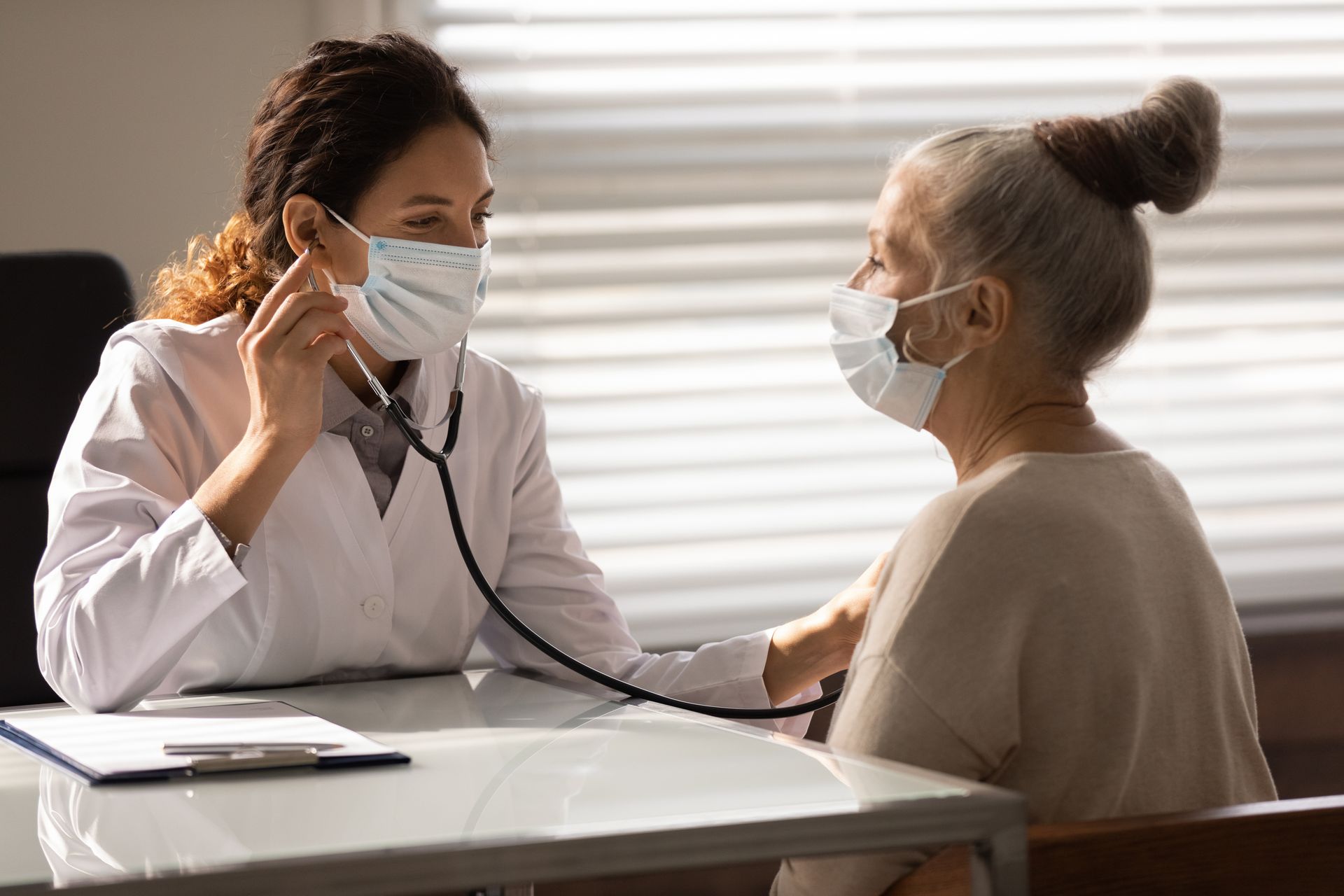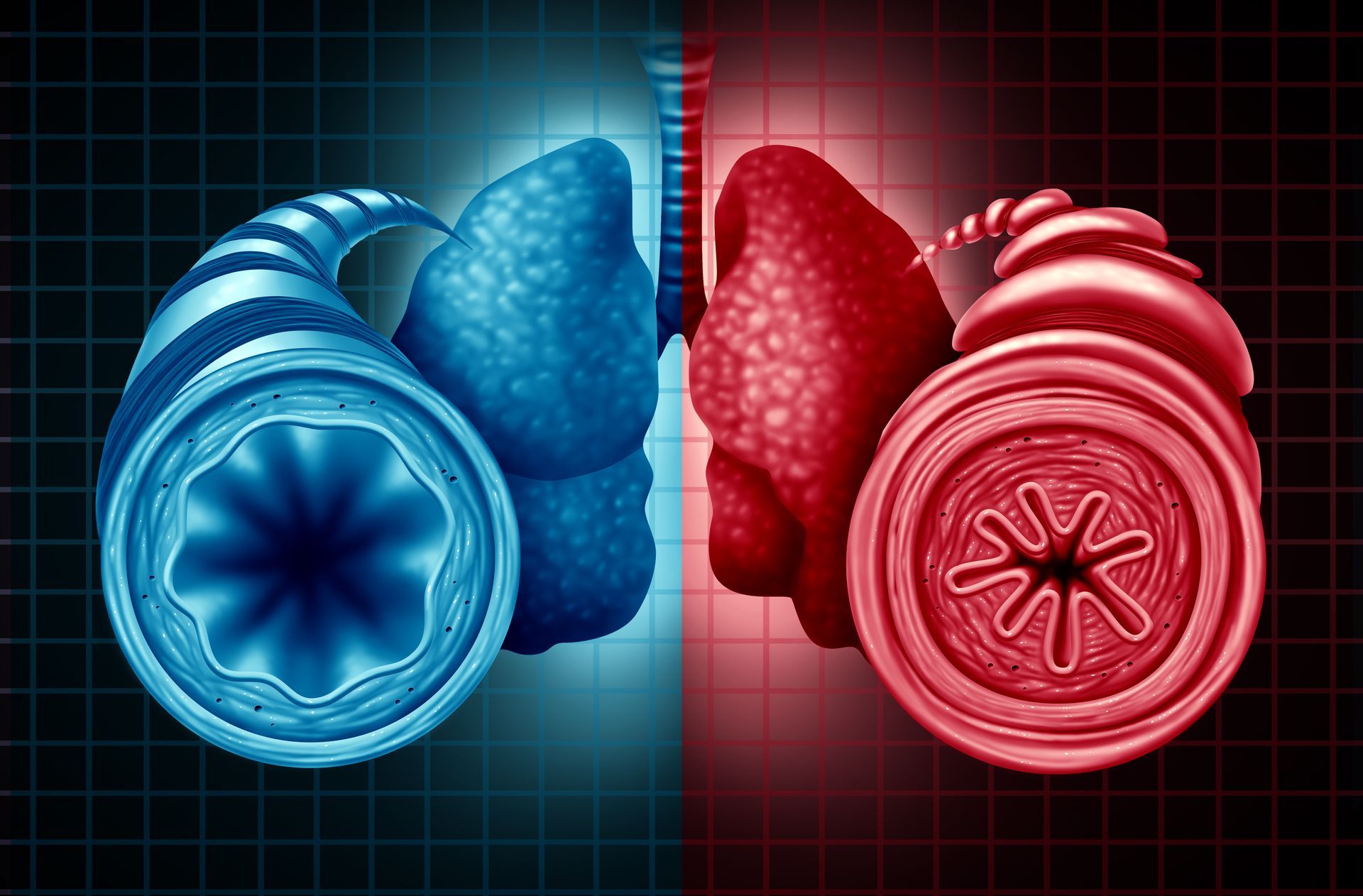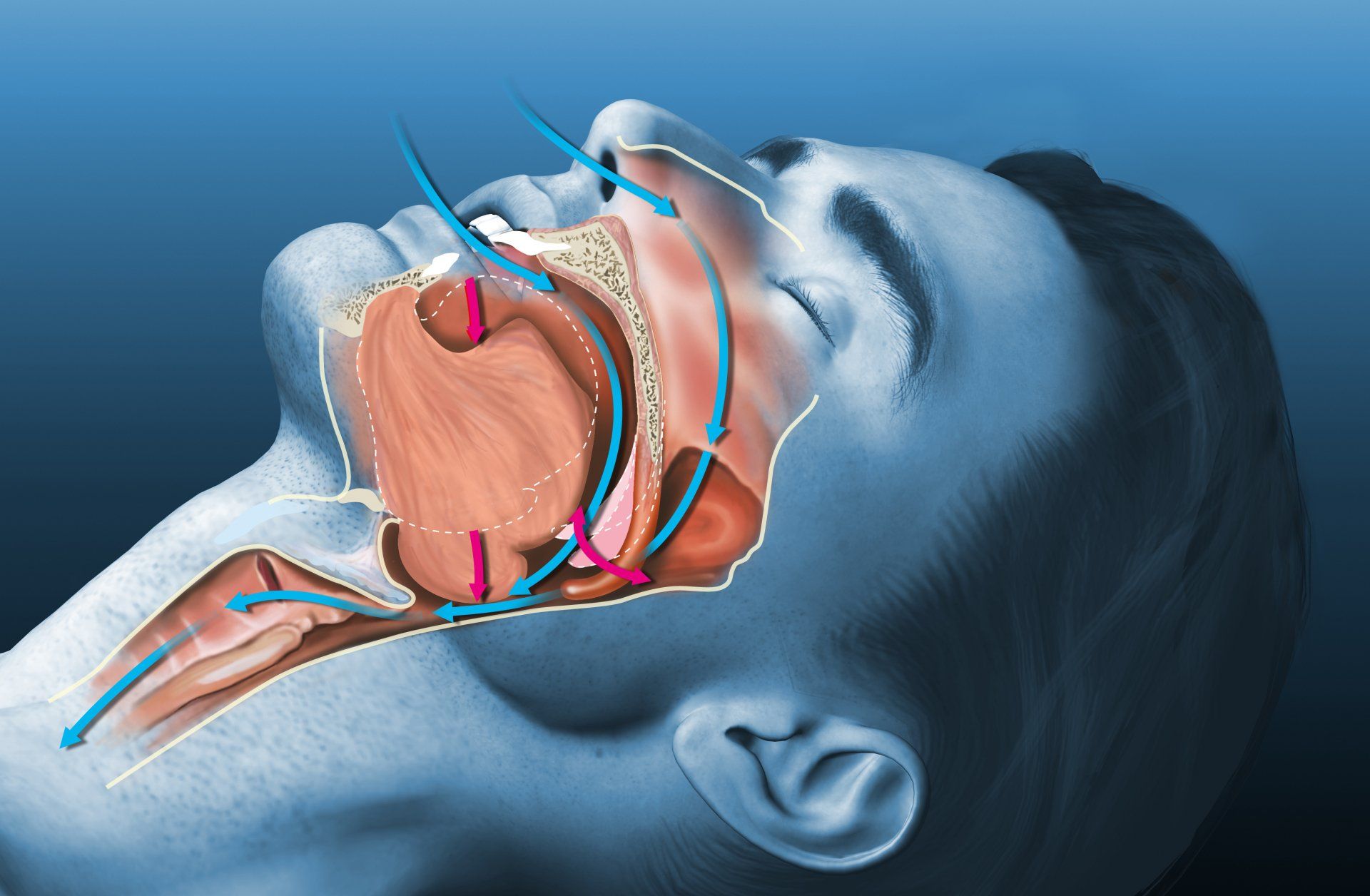How Does Lung Cancer Progress? Timeline & What To Expect
Lung cancer is the most prevalent type of cancer globally. While smoking cigarettes is the leading risk factor, it can also impact non-smokers. Hence, lung cancer can also be linked to cannabis smoking, secondhand smoke, air pollution and toxic exposure.
In many cases, lung cancer patients do not have symptoms until the disease has metastasised (spread) to other body parts. So if you’d like to know how lung cancer progresses, we share the whole progress and even what to expect during your treatment journey.
Diagnosis and treatment
Having paraneoplastic syndromes could prompt diagnostic procedures. The condition "paraneoplastic syndromes" describes a group of rare conditions caused by an aberrant immune system response to a malignant tumour known as a "neoplasm."
This will lead to a lung cancer diagnosis which involves imaging tests, tissue biopsies, and occasionally liquid biopsy blood testing. The course of treatment may involve:
● Surgery
● Radiation
● Chemotherapy
● Immunotherapy
● Symptom management
While each type of lung cancer has its expected prognosis, lung cancer outcomes are generally better when they are discovered at an earlier stage.
How Does It Progress?
How far your lung cancer progresses is determined partly by the type of cancer, which is classified as small cell lung cancer or non-small cell lung cancer. While certain types advance more quickly and with greater aggression, others do so more slowly.
Lung cancer's early stages frequently have no noticeable symptoms. By the time symptoms become apparent, cancer may have already advanced and spread outside the lungs, and the symptoms may reflect its impacts on other body parts. The symptoms of lung cancers are:
● Persistent cough
● Coughing up blood
● Chest pain
● Shortness of breath
● Wheezing
● Unintentional weight loss
● Feeling tired
Stages of Lung Cancer
As mentioned above, small cell lung cancer and non-small cell lung cancer are the two primary kinds of lung cancer. After determining the type of lung cancer, healthcare experts will utilise imaging tests and biopsy data to evaluate how advanced the cancer is and if it has spread. This is referred to as staging.
Staging assists health care experts in determining the most effective treatment options and your prognosis (outcome). Different staging and treatments are used for the two most common forms of cancer.
Small Cell
Approximately 15% of instances of lung cancer are small cell lung cancer (SCLC), often known as "oat cell cancer". Smokers are more prone to developing SCLC. Since it spreads so quickly, it is aggressive.
In about 84% of cases where SCLC is identified, a metastatic condition is already involved. This indicates that the cancer has spread to different body parts.
In SCLC, there are two stages:
● Limited-stage: Only one lung is affected, and the cancer may or may not have progressed to the lymph nodes near the clavicle and the mediastinum (area between the lungs).
● Extensive stage: Other body parts have been affected by cancer's spread. Both of the lungs could be affected, along with other organs.
Non-Small Cell
The most common type of lung cancer is non-small cell lung cancer (NSCLC). NSCLC is classified into five stages:
● Stage 0: This stage, often known as "in situ," indicates the presence of cancer cells that have not yet progressed beyond the top layer of the lung or bronchus.
● Stage 1: Small tumours are primarily present in one lung. No lymph nodes or other body parts have been affected by cancer's spread. Depending on the extent of the tumour, stage I is further divided into substages IA and IB.
● Stage 2: Tumours have not spread beyond the lung, where cancer began. Cancer may have spread to adjacent lymph nodes. Depending on the size, location, and if cancer has progressed to adjacent lymph nodes, stage II is further broken down into substages IIA and IIB.
● Stage 3: Tumours are detected in the lungs and lymph nodes in the chest. Depending on the tumour's size, location, and extent, stage III is further divided into substages IIIA, IIIB, and IIC. Most frequently, it spreads to lymph nodes near the collarbone or mediastinum.
● Stage 4: Cancer cells have spread (metastasised) into the lining of the lung and other parts of the body, and they may or may not have affected the lymph nodes. This is the most advanced stage of lung cancer.
Where Does This Cancer Usually Spread
When the lung cancer cells separate from the primary tumour and migrate through the circulation or lymphatic system to create new tumours in other body regions, the cancer will spread. Although lung cancer can spread to any part of the body, the following areas are the most frequently affected:
Lymph nodes
When lung cancer spreads, lymph nodes are frequently the first parts of the body where the cancer's cells are discovered. Lymph nodes assist in removing toxins and waste from the body.
Therefore, when lung cancer cells break out from the primary tumour site and move through the lymphatic system, they are often carried to the lymph nodes.
If the spread of the cells is limited to lymph nodes adjacent to the main tumour, it is referred to as "locally progressed." Also, metastatic cancer is characterised by spreading cancer cells to lymph nodes that are further from the primary tumour.
Liver
Another common organ that lung cancer cells attack is the liver. Up to 20% of patients with small-cell lung cancer and 4% of those with NSCLC may develop liver metastases. Some of the symptoms will include:
● Abdominal pain and swelling
● Loss of appetite
● Nausea
● Jaundice
Adrenal glands
The adrenal glands are small, triangle-shaped glands on each kidney. They are in charge of secreting hormones, including "stress hormones." Despite being evident in less than 10% of patients at the time of diagnosis, adrenal metastases can develop in up to 40% of lung cancer patients.
Bones
When lung cancer spreads to the bones, it can cause significant pain and fractures. Bone metastasis from lung cancer will occur in 30–40% of patients with advanced lung cancer. Metastases most frequently occur in certain bones, such as:
● Hands
● Feet
● Upper arm
● Thigh
● Pelvis
● Spine
Brain
Brain metastases, often known as "brain mets," develop when cancer cells in the lung break away and enter the bloodstream, eventually reaching the brain. Those who have lung cancer will frequently experience this. Up to 50% of patients have a lifetime risk of having the problem, and about 25% will have a brain met at the time of diagnosis.
Prognosis
You are likely interested in your prognosis if you have been diagnosed with lung cancer. A prognosis is a prediction of your chances of surviving lung cancer and how your particular type/stage will respond to treatment.
Your doctor may use the Lung Cancer Prognostic Index (LCPI) to assess your prognosis. To determine an expected prognosis, this tool considers several variables, such as:
● The stage and type of lung cancer
● Your medical history
● Smoking history
● Gender
● Age
It's crucial to keep in mind that a prognosis and survival statistics are simply your healthcare provider's "best guess." Nobody can predict what will happen in your specific case, and your prognosis depends on various factors.
What To Expect
The course of lung cancer differs from person to person. While there is no set timetable for how lung cancer progresses, knowing what to anticipate before, during, and after treatment can help you prepare for what lies ahead.
Your health care practitioners can assist you in making any lifestyle adjustments to help your recovery and guide you in making treatment and health-related decisions.
Lifestyle changes
To improve your health, you might need to adjust some of your routines, such as:
● quit smoking
● eating a balanced diet
● exercising regularly
● lowering your stress levels
Side effects
Besides treatment-related side effects, you may experience earlier mentioned lung cancer symptoms such as coughing and chest pain. Consult your health care professional to control the side effects caused by your treatment.
Emotional journey
It could feel like you're on an emotional roller coaster with a range of emotions like loss, sadness, rage, or fear. Share your feelings with trusted friends and family, keep a journal, or find community and support in a lung cancer support group.
Looking for lung screening in Singapore? Get specialist care at Respiratory Medical Associates
Respiratory Medical Associates is an established specialist group that is recognised as one of Singapore’s leading experts in the diagnosis and treatment of lung, sleep, and allergy disorders. These can range from persistent coughs, spots on the chest X-ray to lung infections such as bronchitis, pneumonia, and tuberculosis.
In addition, we also treat chronic disorders such as asthma, chronic obstructive pulmonary disease (a lung disease caused by smoking), lung fibrosis, obstructive sleep apnoea, as well as food and drug allergy. Enquire now at https://www.respmed-associates.sg/















